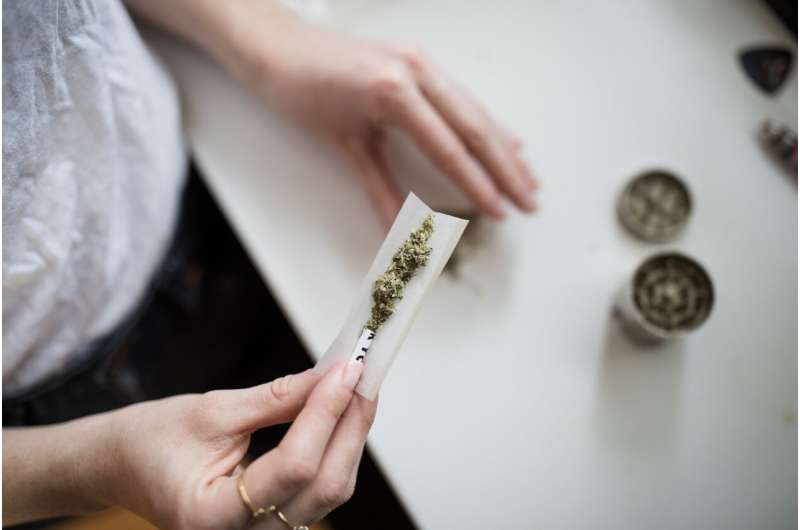Subsidized Ketamine Nasal Spray for Treatment-Resistant Depression: A Closer Look at Spravato

Starting from May 1, Australians suffering from treatment-resistant depression will benefit from a lower-cost option—Spravato (esketamine hydrochloride)—a nasal spray form of ketamine. This medication has been added to the Pharmaceutical Benefits Scheme (PBS), making it much more affordable for approximately 30,000 individuals who have not responded to traditional antidepressant treatments.
Treatment-resistant depression is diagnosed when patients do not see improvement after trying at least two different antidepressant medications over a suitable period. Previously, access to Spravato was limited to private clinics with high costs, sometimes between $500 and $900 per dose. Now, with PBS subsidy, the cost drops to $31.60 for general patients and $7.70 for concession cardholders, reducing financial barriers.
What is Spravato?
Spravato contains esketamine, which is the left-handed form of ketamine. Ketamine itself is well-known as an anesthetic but, in this formulation, it works differently by elevating glutamate levels in the brain. Glutamate is an essential neurotransmitter that stimulates nerve activity and plays a vital role in mood regulation, learning, and memory.
How is it administered?
Unlike oral antidepressants, Spravato must be administered at a registered medical facility under supervision. It is provided as a single-use nasal spray, delivering the drug directly through the nasal lining into the bloodstream, with effects often starting within minutes. Patients typically self-administer the spray under healthcare supervision, with monitoring of blood pressure and side effects.
Treatment Regimen
Initially, patients receive Spravato twice weekly for the first month. This is followed by once-weekly doses in the second month, and subsequently, treatments may be scheduled weekly or biweekly based on the clinical response. The therapy continues for at least six months if it proves effective.
Efficacy and Benefits
Clinical trials involving over 1,600 patients demonstrated that a significant portion experienced meaningful improvements after four weeks of treatment with Spravato compared to placebo. The medication also reduced the relapse rate, with participants taking Spravato experiencing longer durations before relapse. The results were consistent across diverse demographics, including age, gender, and ethnicity.
Potential Side Effects
Common adverse effects include dissociation, dizziness, nausea, vomiting, drowsiness, headache, taste changes, and vertigo. Due to its impact on blood pressure, professionals closely monitor patients before and after dosing, especially around 40 minutes post-administration when blood pressure spikes are most likely. Spravato carries a black triangle warning, indicating that health professionals are encouraged to report any adverse events to regulatory authorities.
Who Qualifies?
Eligibility requires a formal diagnosis of treatment-resistant depression—meaning previous unsuccessful trials with at least two antidepressant medications. After approval by the Therapeutic Goods Administration in 2021, Janssen-Cilag, the license holder, has actively sought PBS listing, which was recommended in December 2024. While the drug’s price has decreased significantly under PBS, patients may still need to pay for clinic visits in private settings.
This initiative aims to make a promising treatment more accessible, offering hope for those who have struggled with depression after trying many conventional options. If you or someone you know has treatment-resistant depression, consulting a healthcare professional about eligibility for Spravato could be a significant step forward.
Stay Updated with Mia's Feed
Get the latest health & wellness insights delivered straight to your inbox.
Related Articles
Clinical Trial Finds Psilocybin Eases Depression in Cancer Patients
Clinical trial results reveal that a single dose of psilocybin can significantly reduce depression and anxiety in cancer patients, with effects lasting up to two years. Larger studies are underway to confirm its therapeutic potential.
Cultural Influence on Shared Decision-Making in Mental Health Care
A groundbreaking study reveals how cultural backgrounds influence mental health professionals' approaches to shared decision-making, emphasizing the importance of culturally sensitive practices in mental health care.
Harnessing Religion and Spirituality to Alleviate Stress in Radiation Therapy Patients
Discover how integrating spirituality and faith-based discussions can help patients effectively cope with stress during radiation therapy for gynecologic cancers. A recent study highlights the importance of addressing spiritual needs to enhance emotional well-being and holistic care.



